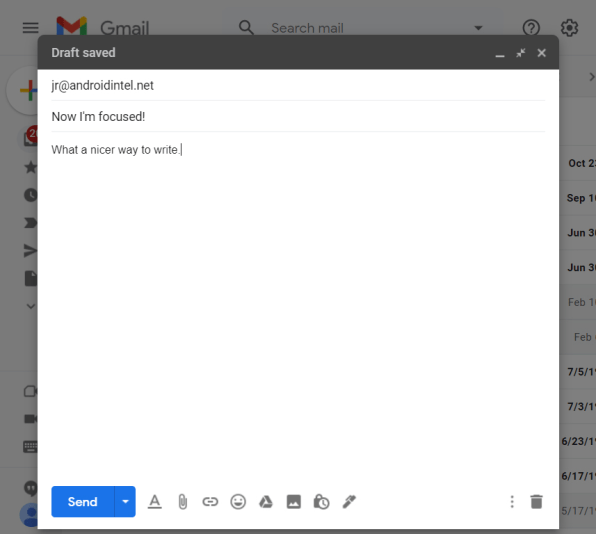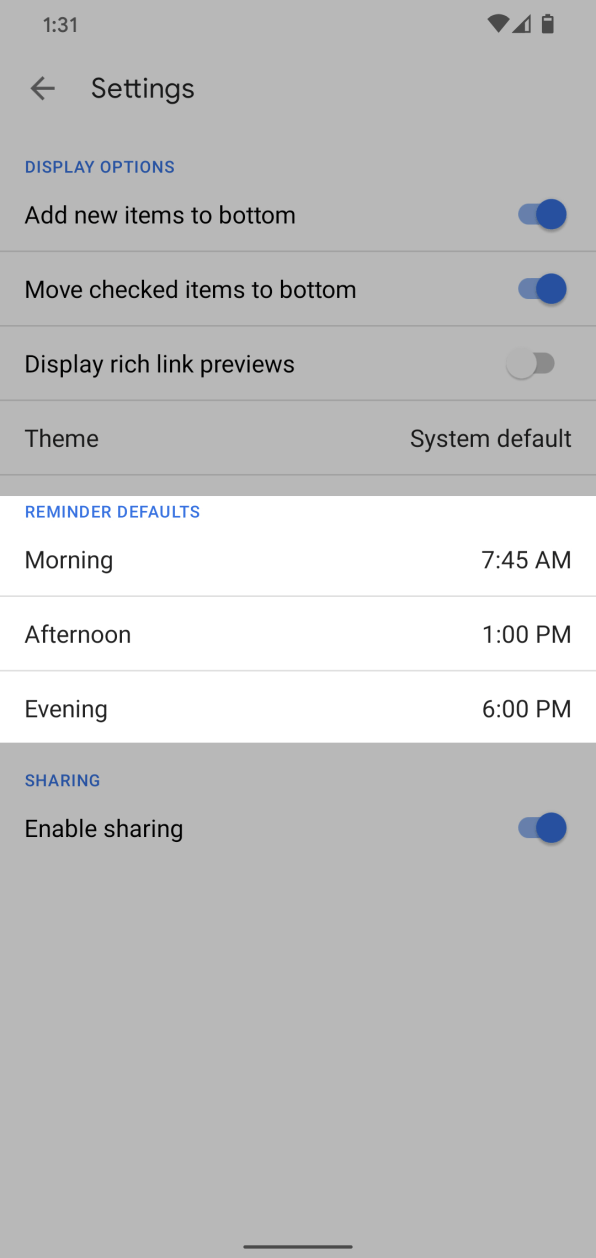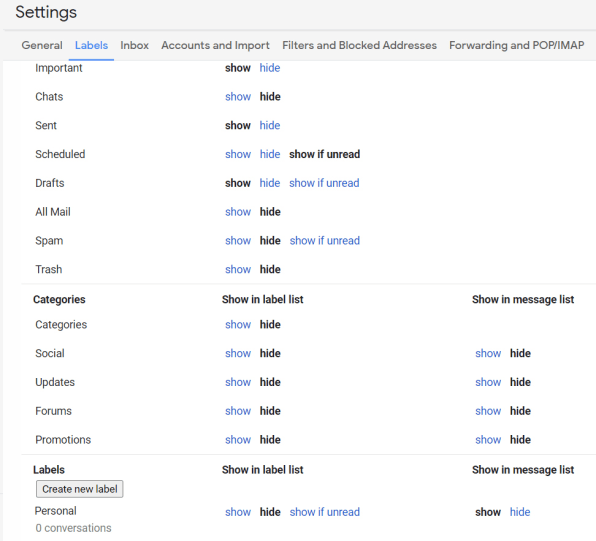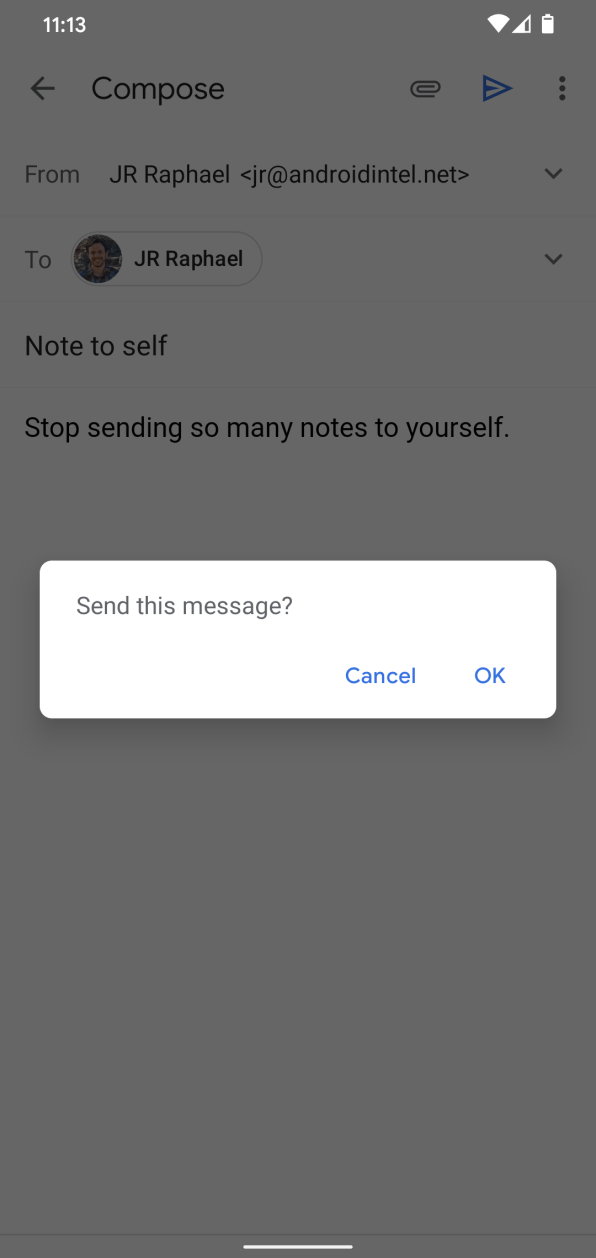12 incredibly useful Gmail settings you didn’t know you needed
It practically requires a recurring spelunking expedition to make sure you’re taking advantage of everything Gmail has to offer, particularly since the list of possibilities evolves so often. But not to worry—I’m here to help.
I’ve dug up and broken down a dozen of Gmail’s most helpful yet least visible settings. Consider this your map to some of the service’s best buried treasures—no messy metaphorical cave-crawling required.
1. Give yourself more room to write
First things first: Gmail’s default compose window for new emails is a small box in the lower-right corner of the screen. That can be nice if you want to keep an eye on your inbox, I suppose. But it can also be quite distracting when you actually want to focus on what you’re writing.
If you find yourself preferring a more full-screen writing experience more often than not, start a new message in the Gmail website and then click the three-dot menu icon in the message’s lower-right corner. See the option there called “Default to full screen?” Click it. Then close out of that message entirely, start another new message, and . . .

Ta-da! Your Gmail compose window will now always open up front and center and as large as your current browser window allows. And if you ever want to shrink it back down into that smaller setup, you can just click the icon with two arrows pointing inward in the window’s upper-right corner.
2. Move from message to message without stopping
Are you the type of person who powers through your inbox message by message until you reach the end? If so, take a peek at Gmail’s tucked-away auto-advance setting. Once you enable it, you’ll automatically be taken to the next email in your list (or the previous email, if you prefer) as soon as you archive or delete a conversation—instead of being taken back out to your inbox, as would typically occur.
In Gmail’s desktop version, you’ll first need to activate the option by going to the Advanced tab of the Gmail website’s main settings area (which you can get to by clicking the gear-shaped icon in the site’s upper-right corner and selecting “See all settings” in the panel that comes up). Find the “Auto-advance” line, click on “Enable” next to it, and click the Save Changes button at the bottom of the screen. Once the website reloads, you’ll need to go back into Gmail’s settings and look for the newly present “Auto-advance” area within the General tab to configure exactly how the option works.
On Android, there’s a separate, independent option within the “General settings” section of the Gmail app’s settings. No such option seems to be present on iOS, unfortunately.
3. Read more, click less
Speaking of reading, one of the simplest and most helpful Gmail settings you can change is the option for “Maximum page size,” located in the General tab of the Gmail website’s settings.
By default, Gmail shows you just 50 email conversations on each page and requires you to click to a subsequent page in order to see more messages. Maybe such a setup made sense in earlier days of the internet, when bandwidth was at a premium. But nowadays, all that extra clicking is little more than an inconvenience.
So save yourself some clicks and also some sanity by changing that setting from 50 to 100. Just be sure to click the Save Changes button at the bottom of the screen when you’re done to apply the change.
4. Put your emails back in proper order
If you’re using Gmail’s tabbed inbox interface—the one where your messages are sorted into categories such as Social, Promotions, and Updates—you might’ve noticed a strange habit Gmail has on the phone front. For some reason, in the mobile apps only, Gmail rearranges the messages in your Promotions tab to put the emails it sees as being “highest value” at the top.
Practically speaking, that means the messages in that category are often shown out of chronological order, with no obvious rhyme or reason behind the sequencing. And you frequently end up seeing days-old messages at the top, with more recent emails buried beneath them.
You can turn that behavior off and restore order to your inbox by toggling a deeply buried setting in the Gmail mobile apps. On Android, open the app’s settings, tap your account name, then tap “Inbox categories” and look for the “Enable Bundling of Top Email” option at the very bottom of the screen that comes up. On iOS, the same option is one step higher, on the settings screen that comes up immediately after you tap your account’s name.
Flip that switch into the off position. Trust me: You’ll be glad you did.
5. Set your own default snooze times
Snoozing is one of my favorite Gmail features, but it’s also one of the most confusing when it comes to settings. The reason: You can actually customize the default times for email snoozing in Gmail—the specific morning, afternoon, and evening times that pop up by default in the various one-click snoozing options—but the setting to make that adjustment isn’t actually located within Gmail.
Instead, it’s in Google Keep. Go figure, eh? Crazy as it sounds, try this: Pull up the Keep website, click the gear-shaped icon in the upper-right corner, and then select “Settings”—or open the equivalent section in the Keep mobile app—and look for the “Reminder Defaults” section in the panel that pops up.

Set the values for Morning, Afternoon, and Evening to whatever times make sense for you, then click “Save” on the website or just back out of the menu on mobile.
Once that’s done, go back to Gmail and snooze a message—and sure enough, you’ll see your new custom times come up within the default suggested options.
Why does this work that way, you might be wondering? Why aren’t the settings separated out and available within Gmail, too? There’s really only one answer: Sometimes, Google’s just gotta Google.
6. Enable a step-saving two-in-one button
I don’t know about you, but almost every time I finish responding to something in my inbox, I archive the message to get it out of my hair. Well, Gmail has a spectacular step-saver that lets you perform both those actions—sending and archiving—in one fell swoop on your computer. All you have to do is enable it.
Just look through the General section of the Gmail website’s settings until you see the “Send and Archive” option. Change its setting to “Show ‘Send & Archive’ button in reply”—something that isn’t enabled by default—and once you save out, you’ll see a spiffy new blue button next to the regular Send button that’ll let you send and archive in a single step anytime you’re replying to a message.
And a bonus tip: Once that button is visible, you can also hit Ctrl (or Cmd) and Enter together to trigger the same action without any mousework required.
7. Let Gmail get personal
We all get a mix of personal messages and bulk mail these days, and while both can be perfectly legitimate and valuable, the messages actually written to you, specifically, are likely the ones that require the most immediate attention.
Gmail can help sort the personal stuff from the bulk: Just find the “Personal level indicators” option within the General tab of the desktop site’s settings. Change its setting to “Show indicators,” and you’ll start seeing single arrows next to messages sent specifically to your address (as opposed to those sent to a list) and double arrows next to messages sent only to you, with no other recipients involved.
8. Sweep away some of your label clutter
It doesn’t take much for Gmail’s labels to get out of hand—and odds are, no matter how many labels you’ve created over the years, there’s only a handful that you interact with on a regular basis.
You can make your life meaningfully easier by hiding away the labels you don’t use often and leaving yourself only with the ones you genuinely need to see. Start your cleanup by clicking on the Labels tab in the Gmail website’s settings. There, you’ll see a list of all your available labels, along with the ability to set any label as hidden in both the label list—the sprawling list of labels that shows up at the top of the Gmail sidebar—and the message list, which is the list of label options that appears whenever you use the command for adding a label onto an individual message.

Hide away anything you don’t often access in either of those places, and you’ll stop wasting time looking through superfluous stuff.
9. Increase your second-guessing buffer
Gmail has a tremendously useful feature called Undo Send that lets you pull back a message after you’ve sent it, in case you suddenly realize you said something wrong or included a wildly inappropriate attachment by mistake. By default, though, Undo Send gives you a measly five seconds to make that call—which isn’t much at all, especially when potentially mortifying errors are involved.
Take two seconds now to find the “Undo Send” option in that same General section of Gmail’s desktop settings, and you can boost your buffer from five seconds to a full 30. There’s little real downside, outside of your messages sitting for an additional 25 seconds before they’re actually delivered. And there’s a world of face-saving gain.
10. Give yourself an undo equivalent on mobile
That handy Undo Send option isn’t available in the Gmail mobile apps, for some reason, but you can create a roughly similar safety net for yourself by enabling the service’s confirmation settings there—at least, if you’re using Android. (Sorry, iPhone pals!)
In the Gmail Android app, tap the three-line menu icon in the upper-left corner of the main inbox screen, then select “Settings” followed by “General settings” and scroll all the way down to the bottom of the screen that comes up. There, you’ll find three off-by-default options: “Confirm before deleting,” “Confirm before archiving,” and “Confirm before sending.”
Check the box next to the last one—and either of the other two, if you’re so inclined—and from then on out, you’ll always get a pop-up confirmation to give yourself a second chance before any such action is completed.

11. Customize Gmail’s time-saving swipe shortcuts
While we’re on the subject of Gmail’s mobile apps, think about what actions you take most often on your messages—whether it’s archiving, deleting, marking as read or unread, or snoozing—and then set your app’s swipe shortcuts to reflect those priorities.
For instance, maybe you’d like to swipe left on any message in your inbox to snooze the email and swipe right to archive it. Or maybe you’d prefer to swipe left to toggle a message between read and unread, and swipe right to delete it. Whatever the case, those gestures can represent the commands that’d be most convenient for you, if you take the time to set them up appropriately.
In the Gmail Android app, look for the “Swipe actions” option within the “General settings” section of the app’s settings. On iOS, you’ll find the same set of choices right within the app’s main settings menu. Either way, you’ll be one tap away from picking whatever action you want for both the left and the right swipe.
12. Make Gmail less nudgy
Last but not least, one Gmail feature you might be better off eliminating is the service’s habit of nudging you to reply or follow up on emails that’ve been lingering in your inbox for a while. Maybe that habit’s helpful for you—and if so, hey, more power to you—but if you’re organized enough on your own to know what you do and don’t need to respond to, it can be more irritating than advantageous.
Luckily for those who don’t want it, it’s easy as can be to turn off. You’ll find two associated options in the General tab of the Gmail website’s settings—one for nudges related to “emails you might have forgotten to respond to” and one for nudges about “emails you might need to follow up on.” Disable both, cackle quietly for good measure, and prepare for a delightfully nudge-free electronic messaging life.
For even more next-level Google knowledge, check out my Android Intelligence newsletter.
(25)



